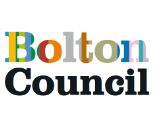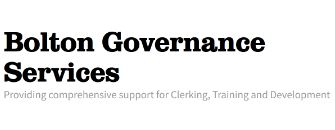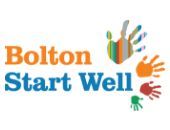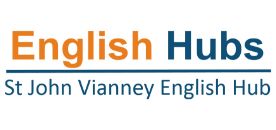Assessment
There are many different assessments for Reading Fluency. Following extensive research and trials, the team opted to use Rasinski’s criteria for reading fluency. This criteria breaks the assessment into 4 prime areas:
- Expression and volume
- Phrasing
- Smoothness
- Pace
Depending on the scoring, the following characteristics of a reader can be identified:
- Reader A: At risk – lack of fluency is likely to impede understanding.
- Reader B: Comprehension will still be compromised by lack of fluency.
- Reader C: A reader who is well on the way to being fluent – no action required.
- Reader D: Fluent reader
The assessment can be found by clicking on the link: READING FLUENCY ASSESSMENT
The assessment with characteristics of a reader can be found by clicking on the link: ASSESSMENT WITH CHARACTERISTICS
Making an Assessment of Reading Fluency
- Use a familiar book for this assessment, i.e. a book that the child has read at least once before
- The book chosen for the assessment should be at the child’s instructional reading level (although you may want to also try this assessment on a book that they find easy to read)
- Time yourself reading the text at a slow conversational pace. Then prepare a version of the text in advance to identify the sort of reading aloud that you’d would expect on the text








